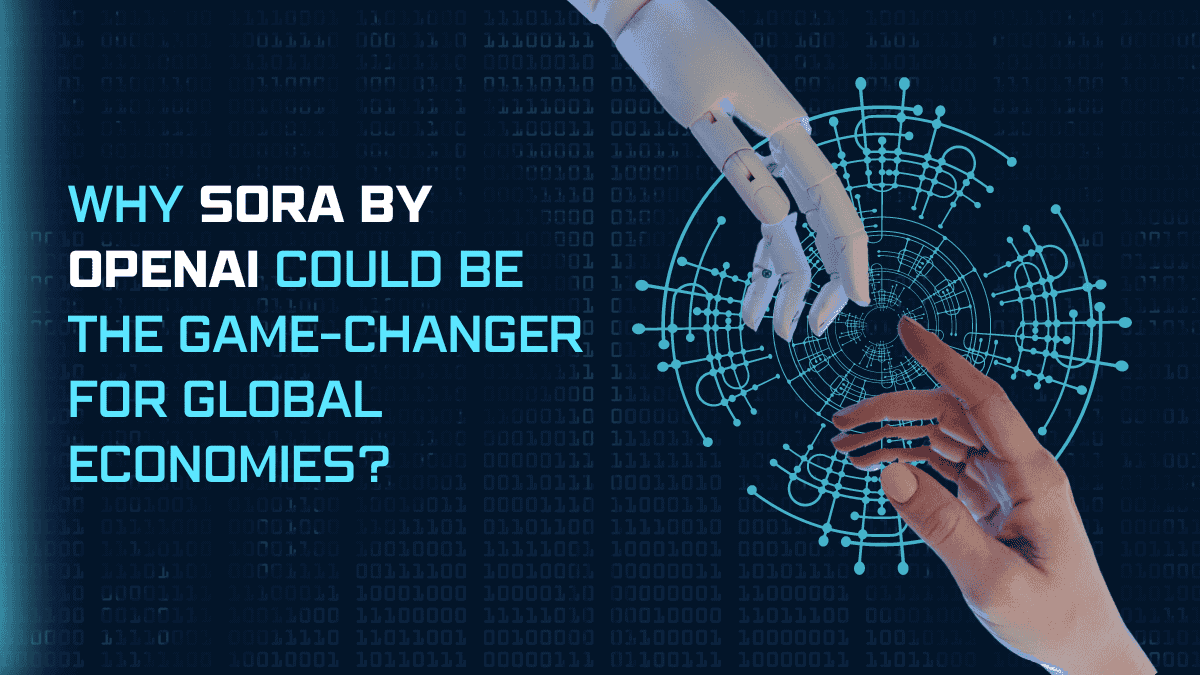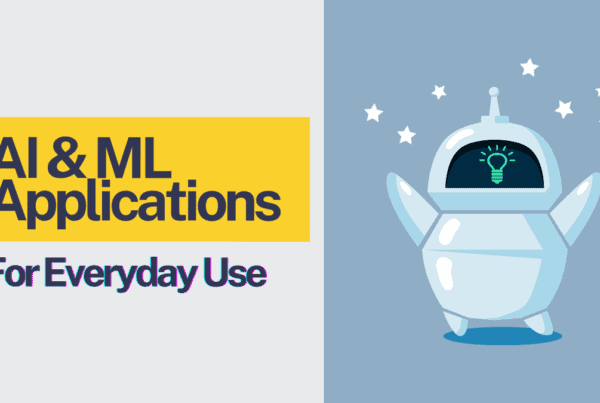
In the rapidly evolving world of technology, one name stands out as a beacon of innovation and progress – OpenAI. This artificial intelligence research lab, composed of both for-profit and non-profit arms, is at the forefront of pushing the boundaries of what AI can achieve.
One of their most promising innovations is Sora. Sora is not just another product in the AI market; it’s a game-changer. It’s an advanced AI system designed to perform tasks that traditionally require human intelligence. From understanding natural language to making predictions based on vast amounts of data, Sora is redefining what we thought was possible.
But what does this mean for our future? How will Sora impact our jobs, our economies, and our lives? This comprehensive article aims to explore these questions and more, offering a comprehensive look at Sora and the transformative potential it holds. So, let’s embark on this journey together, into the future of AI with Sora and OpenAI.
The Working of Sora
Sora, an innovative product from OpenAI, operates on the principles of machine learning and artificial intelligence. It’s designed to learn from data, identify patterns, and make decisions, much like a human brain, but with the added advantage of being able to process vast amounts of information at lightning speed.
At its core, Sora works by ingesting data, processing it through complex algorithms, and then producing outputs based on what it has learned. This could be anything from recognizing speech patterns to predicting market trends. The more data Sora is exposed to, the better it becomes at making accurate predictions and decisions.
The technology behind Sora is a combination of several advanced AI techniques. These include deep learning, natural language processing, and reinforcement learning. Deep learning allows Sora to learn from large amounts of unstructured data. Natural language processing enables it to understand and generate human language. Reinforcement learning is a type of machine learning where an agent learns to make decisions by taking actions in an environment to maximize some notion of cumulative reward.
Together, these technologies enable Sora to perform tasks that were once thought to be the exclusive domain of humans. From customer service to data analysis, Sora is set to revolutionize the way we work and live. And this is just the beginning. As AI technology continues to advance, who knows what the future holds? One thing is for sure – with Sora, the future looks bright.
Features of Sora
- Text-to-Video Model: Sora is a text-to-video model that can generate videos while maintaining visual quality and adherence to the user’s prompt.
- Complex Scenes Generation: Sora can generate complex scenes with multiple characters, specific types of motion, and accurate details of the subject and background.
- Video Generation: At the core of Sora’s capabilities is its AI video generation feature. This feature enables users to produce videos with the assistance of artificial intelligence.
- Frame Extension: One of the most impressive features of Sora is its ability to generate additional frames to extend videos.
- Looping Function: Sora offers a looping function that is perfect for creating continuous backgrounds or display videos.
- Dynamic Camera Movement: Sora can generate coherent and realistic videos with dynamic camera movement and different angles.
- Simulation of Simple Actions: Sora can simulate simple actions that affect the state of the world, such as a painter leaving brushstrokes on a canvas or a dent when a person eating a burger.
- Video Length: Sora is capable of creating up to a minute-long video.
- Integration with Audio Generation Tools: Although Sora currently focuses on video, it is expected to integrate with audio generation tools in the future.
- Simulation of 3D Environments: Sora is also exploring the simulation of 3D environments.
These features make Sora a powerful tool in the realm of artificial intelligence, capable of transforming the way we create and consume video content.
Pricing of Sora
As of now, OpenAI has not officially announced the pricing for Sora. However, wps.com predicts a pay-per-use model, with costs ranging between $0.01-$0.10 per second of generated video, users might be able to subscribe, and it could cost between $20 and $50 each month. This pricing model could potentially make Sora an affordable and scalable solution for businesses of all sizes.
When we compare this to traditional job costs, it’s important to consider the broader picture. Traditional costing methods allocate overhead costs based on the volume of resources used, such as labor hours or machine hours. These costs can add up quickly, especially for businesses that require a high volume of resources.
In contrast, Sora’s pay-per-use model offers a more flexible and potentially cost-effective solution. Businesses only pay for what they use, which can lead to significant cost savings. Moreover, the automation capabilities of Sora can further reduce costs by minimizing the need for human intervention and thus reducing labor costs.
While the exact pricing details of Sora are yet to be announced, its proposed pay-per-use model, coupled with its potential to automate tasks and reduce labor costs, makes it a promising and potentially cost-effective solution for businesses.
Sora and the Job Market
OpenAI did a study and found that AI chat tools like ChatGPT might impact about 19% of jobs in the US. So, when we are talking about yet another AI tool, it’s important to consider the potential impact on the job market. Sora’s advanced capabilities could transform several professions, particularly those in the creative industry.
Jobs Sora Could Replace
- Animators: Sora’s ability to automate tasks like character animation could decrease the need for conventional animators.
- Videographers: With AI-powered cameras and drones capturing high-quality film with little to no human interaction, the demand for videographers may decline.
- Video Editors: Sora’s advanced editing capabilities could automate many tasks currently performed by video editors.
- Content Creators: The advent of Sora could change the landscape for content creators, particularly those who produce videos for a living.
- Filmmakers: Sora’s capabilities to generate high-quality videos could impact the filmmaking industry.
It’s important to understand that while Sora could automate certain tasks, it’s not designed to replace humans entirely. Instead, it’s poised to augment human creativity, streamlining production processes and enhancing efficiency.
Cost Implications
Sora’s arrival could have a big impact on the economy. On one side, Sora could save a lot of money. By doing tasks that people usually do, Sora could cut down on labor costs and get more done.
In areas like movies and TV, Sora could make the production process smoother, saving both money and time. In the same way, in the advertising industry, Sora could be a cheaper alternative to traditional video production.
On the flip side, Sora could replace some jobs, which could have a wider impact on the economy. As jobs become automated, workers might need to learn new skills, which could mean spending money on education and training.
So, Sora brings both good and bad. While it could save money and increase efficiency, it’s important to think about the bigger picture, including the possibility of job loss and the need for workers to learn new skills.
The Future with Sora
As we stand on the brink of a new era in artificial intelligence with OpenAI’s Sora, it’s exciting to envision the future it could shape.
Predictions for the Future
Sora’s advanced capabilities suggest a future where AI plays an even more integral role in our lives. We can expect to see AI like Sora being used in a variety of fields, from entertainment and advertising to education and healthcare.
In the creative industry, Sora could revolutionize the way content is produced, making high-quality video production accessible to all. In the business world, Sora could automate tasks, leading to increased efficiency and cost savings.
Moreover, as Sora continues to learn and evolve, likely, its capabilities will likely only expand, opening up new possibilities that we can’t even imagine today.
Potential Benefits
The benefits of Sora are manifold. For businesses, Sora offers the potential for significant cost savings and increased efficiency. For individuals, Sora could open up new opportunities for creativity and innovation.
Moreover, by automating tasks, Sora could free up time for individuals to focus on more strategic and fulfilling work. This could lead to increased job satisfaction and productivity.
Potential Challenges
However, the advent of Sora also presents challenges. One of the most significant is the potential impact on the job market. As Sora automates tasks, there could be job displacement, particularly in fields like animation and video editing.
Moreover, as AI becomes more prevalent, there will be a need for regulations to ensure ethical use. Issues such as data privacy and AI bias will need to be addressed.
The journey with Sora is just beginning!
OpenAI’s Sora is changing our world and shaping our future. It’s making AI a bigger part of our everyday lives, opening up new possibilities we could only imagine before.
Sora has the power to do tasks automatically and could change many industries. While it might replace some jobs and require people to learn new skills, it also offers big benefits like saving money, doing things more efficiently, and creating new ways to innovate.
AI like Sora will play a bigger role in our future. It won’t just help us but also inspire us to do things we didn’t think were possible.
We’re just starting to see what Sora can do. As we learn more about it, we can be sure that Sora makes the future of AI look bright and exciting. We’re moving towards a future shaped by AI, where anything could happen.



